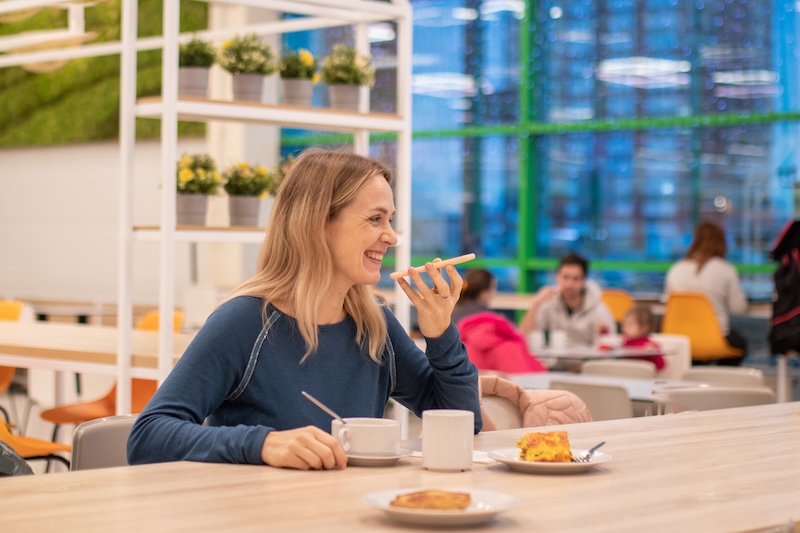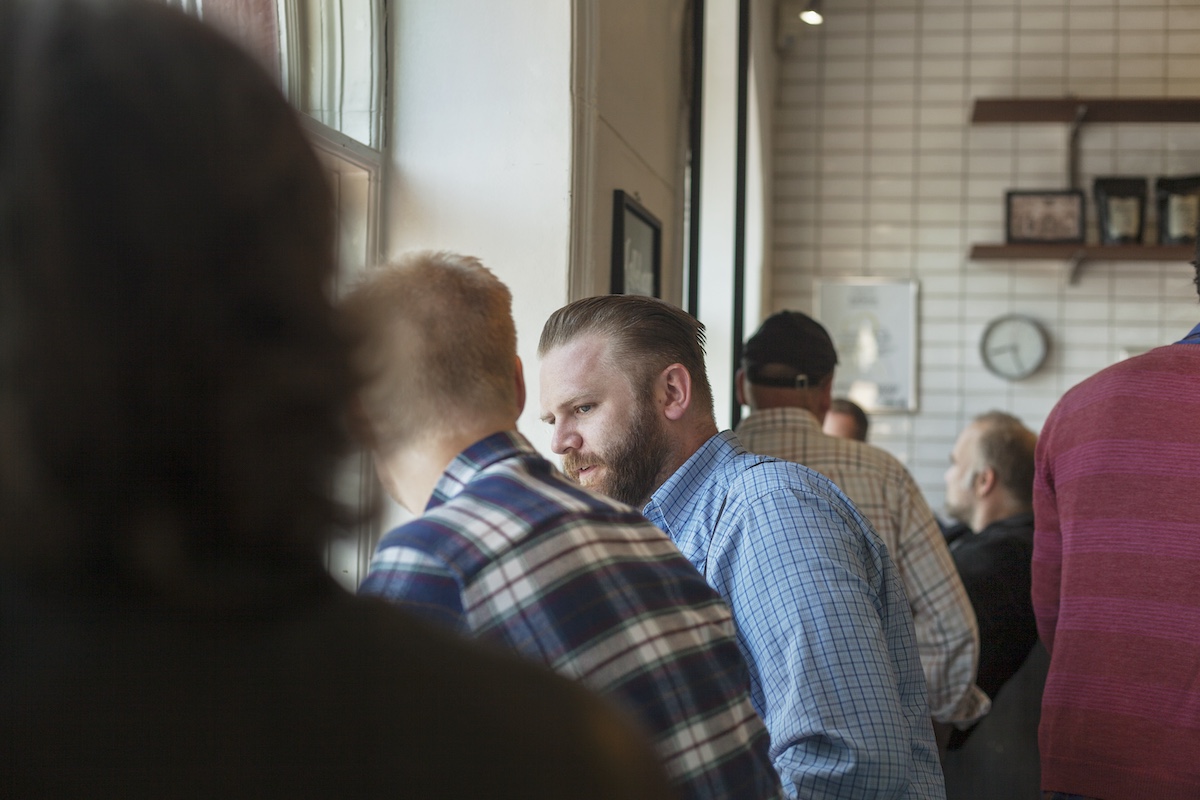Telecommuting and hybrid working have transformed the way people use canteens. For company canteens, managing patronage has become a strategic challenge. Very quiet days alternate with unexpected peaks, making planning and profitability more complex. How do you manage a company canteen with telecommuting? What innovations make it easier to manage a company canteen? Find the answers in this article.
Whyhas attendance at company canteens become unpredictable?
The impact of teleworking on catering
Telecommuting has become widespread: according toInsee, in the first half of 2024, around 22% of private-sector employees in France telecommute at least one day a month. With an average of 1.9 days per week worked remotely, on-site presence is no longer linear.
These new hybrid work practices are having an impact on the corporate catering segment, with a sharp drop in patronage, compounded by rising raw material, energy and labor costs. This context calls for a rethinking of the role of today's foodservice, and encourages the emergence of original concepts and innovations.
New patterns of employee presence
With more and more company agreements, weeks are no longer uniform. Some employees come three days out of five, others just one. Meeting" or "compulsory face-to-face" days are more crowded, while other days see the dining room empty. What's more, lunch breaks can be staggered, depending on mobility or transport constraints. These hybrid work rhythms render obsolete collective restaurant forecasting models based on fixed habits.
Financial and organizational consequences
In company canteens, unstable attendance and the resulting uncertainties lead to food waste when stocks exceed demand, or menu shortages in the opposite case. It also disrupts staff planning: too many staff on off-peak days increases costs, too few on peak days degrades service. In a sector where margins are already low, corporate catering must face up to these new financial and organizational challenges.
👉 Further information: The impact of teleworking on company canteens
What are the solutions for managing a company canteen in hybrid mode?
In this fast-changing context, company canteens have every interest in rethinking their operations and adopting more flexible approaches to anticipate demand and limit waste.
Use data to anticipate visitor numbers
Historical data (attendance by day of the week, meetings, public holidays, weather, etc.) are used to build forecasting models. By combining this with the company's telecommuting schedules, we can forecast high-traffic days and quieter days. This makes it possible to :
- adjust preparation quantities,
- modulate purchases,
- plan kitchen and service staffing levels.
Adapting menus and limiting waste
Rather than systematically offering a full menu, some canteens opt for smaller menus on off-peak days, or offer dishes that are easy to repurpose (mixed salads, quiches, flexible daily specials). This approach reduces waste and maintains the freshness of preparations, without compromising variety.
👉 Going further: 9 tips for better management of your company restaurant
Offering greater flexibility with innovative, offbeat solutions
Click & Collect, meal baskets, corner canteens and even connected fridges offer a practical solution: they enable employees to pick up a fresh meal even outside working hours. Similarly, staggered offers (for example, home delivery of meals or adaptation of opening hours) meet the needs of teleworkers and teams on the move.

What digital tools can optimize the management of a company canteen?
With the rise of digital technology, canteen managers can now rely on comprehensive digital solutions to simplify the organization of company canteens:
Management software and real-time dashboard
A centralized back-office brings together key data such as footfall, inventory, material costs and sales. Thanks to a real-time dashboard, managers can immediately visualize peaks or troughs in occupancy and adjust production, plan staffing levels and limit food waste.
Order terminals and e-wallet for faster service
Order kiosks combined with a paperless payment system (e-wallet) enable employees to choose and pay for their meal in a matter of seconds. This seamless process reduces queues and prevents checkout saturation, even during peak periods.
Click & collect to reserve your meal
Click & collect allows workers to consult menus, indicate their presence and reserve in advance. As a result, there's no need to queue up to discover that there's no vegetarian dish left, or that the daily special is already sold out. This information helps managers to anticipate purchasing volumes and adapt their supplies. It also serves as a communication tool to promote daily specials, vegetarian or local options, and reinforce guest commitment.
Connected refrigerators for a flexible offer
Connected fridges extend the service beyond normal working hours. They enable employees to pick up a fresh meal, even when working shifts or on low-use days. For the manager, these sales outside traditional working hours optimize stocks and reduce food waste.
👉 To go further: connected fridge: innovation in collective catering

Reconciling costs, attractiveness and service quality
Reduce fixed costs intelligently
Reducing fixed costs does not mean sacrificing quality. Pooling certain supplies, using a central kitchen or adjusting staff working hours according to forecasts helps maintain financial equilibrium. The aim is to avoid oversizing while maintaining responsiveness.
Maintaining employee appeal
A canteen should remain an HR asset, especially in times of telecommuting. Partially subsidizing meals, offering balanced, seasonal menus or creating a friendly atmosphere encourage employees to come back for lunch. This kind of attention enhances the Quality of Life at work and builds team loyalty.
Towards sustainable and responsible catering
Hybrid canteen management is also an opportunity to accelerate the transition to sustainable catering. The fight against waste, short circuits, local or organic sourcing: these choices improve the company's image and meet growing expectations in terms of environmental responsibility.
-
How about upgrading your catering service with an order terminal tailored to your needs? Contact one of our experts to discuss your requirements.







